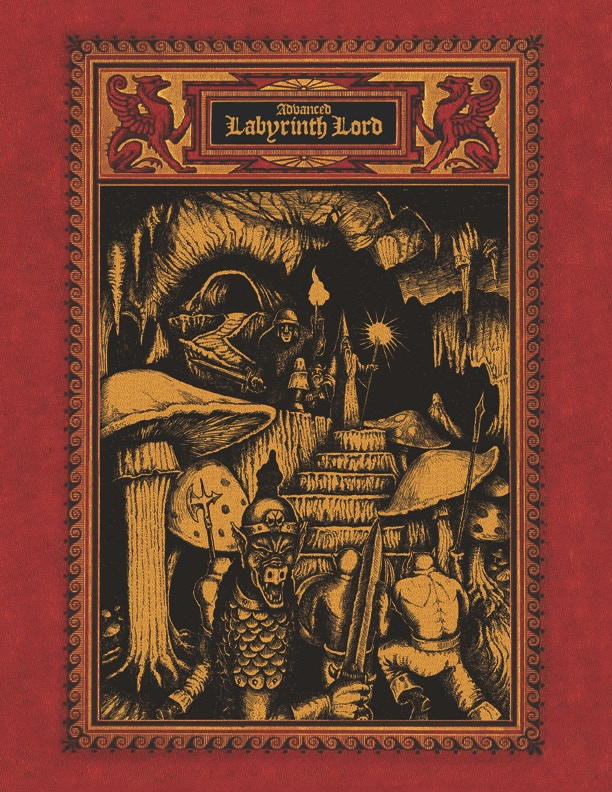A misreading of Law and Chaos
It seems that the OD&D alignment system is based largely on Three Hearts and Three Lions, which I’m about half way through reading at the moment.
I had been thinking (wrongly, it turns out) that the Law and Chaos dichotomy might be linked to the game’s wargaming roots. I could imagine that Law and Chaos might not be nebulous, cosmic forces, but opposed factions of a particular struggle in a particular time and place.
For example, in the milieu of the American Civil War, the Lawful faction would be the Union, and the Chaotic faction would be the Confederacy. States which did not declare for one side or the other, such as Kentucky prior to Polk’s invasion of Columbus, would be Neutral. It would work the same for the French Revolution, War of the Roses, or Hatfield–McCoy feud. In wargaming terms, Law, Chaos, and Neutrality would be generic categories used to describe a conflict. Neutral factions could become Lawful or Chaotic by declaring an allegiance, and in victory the Chaotic faction would become de facto Lawful by gaining power.
Bringing that to D&D would mean PC’s taking sides (or remaining neutral) in the dominant conflict of their time and place. Such a view of alignment strips it of metaphysical trappings, and ties PC’s to their campaign world.
1 comment:
Barad the Gnome November 6, 2010 at 3:11 PM
Three Hearts and Three Lions is a great book, I have read it many times over the years, and suspect I’ll ready it many more in the years to come.
I think D&D’s Law & Chaos does indeed come from literature not war gaming. I’d say that Moorcock’s books have a hand in it too. In some ways Anderson aligned Law with Good, and Chaos with Evil, in his book but I think Moorcock no so much. Using the four axis of Good/Evil/Law/Chaos in alignment does seem to be a D&D thing though.



